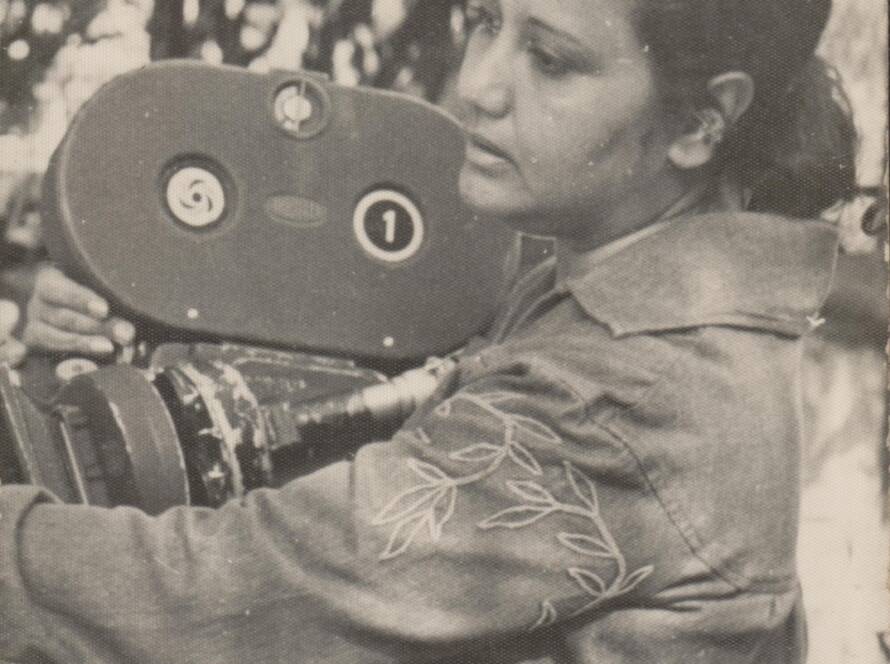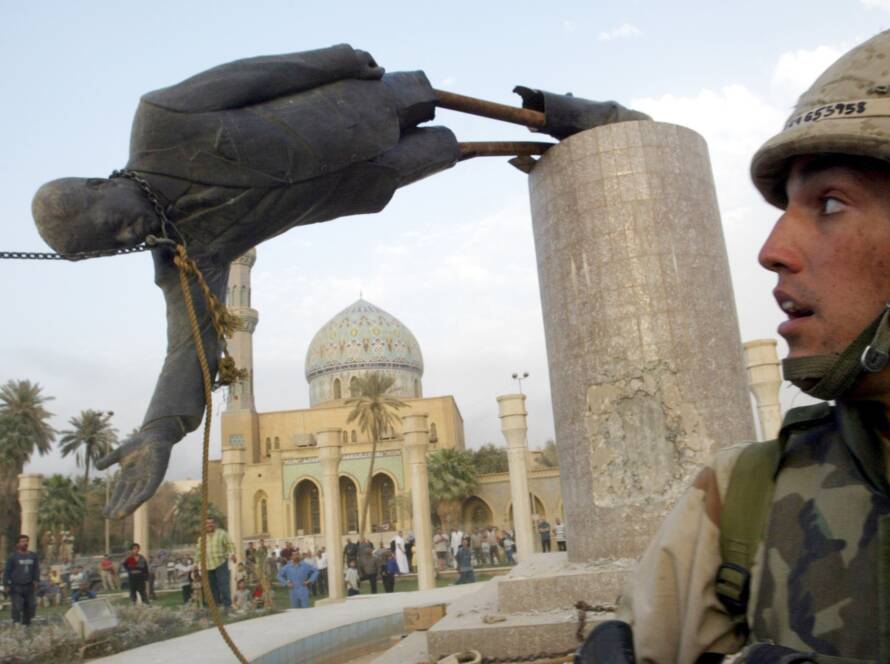By Chandani Kirinde
Before Julia Child became the world-renowned chef, she had a less glamorous job working for the US government which brought her to Sri Lanka, to serve at the Headquarters of the Southeast Asia Command of the Allied Forces in Kandy in 1944.
Then she was Julia McWilliams, a lanky young woman of 32, assigned by the US Office of Strategic Services (OSS) to its Registry Section in Kandy to catalogue and channel volumes of highly classified communications and documents. This was between 1944 to 1945 when World War II had entered its final phase.
It was in Kandy that Julia met her future husband Paul Child, whose love for travel and adventure took her to France. There she mastered the intricacies of French cooking and introduced it to American homes through her pioneering cooking shows on television, which also set her on the way to becoming a household name across many countries in the world.
Behind her well-known public persona, though, was the little-known role she played working for the US Government and the year she spent in Kandy, thousands of miles away from the comfort of her home.
Julia was born on August 15, 1912, to a wealthy family in Pasadena, California, the eldest of three. She could have lived in the safety of her home state. But when the United States entered World War II, she like millions of others wanted to play her role to assist the war effort. The CIA on its profile of Julia has this to say.
“Soon after the United States entered World War II, Julia felt the need to serve her country. Too tall to join the military (she was 6’2″), Julia volunteered her services to the OSS, which was the forerunner of today’s Central Intelligence Agency.”
She had joined the OSS in December 1942 and worked in Washington. She was soon bored with the monotony of the work there, and so she signed up to go to the Far East to serve in the OSS.
The OSS had established an outpost in India in August 1943 with a mandate to gather intelligence that would help liberate Burma across the Bay of Bengal. Julia landed in Bombay (Mumbai) after a long journey from California, but by then the situation had become too unpredictable, with British colonial power on its last leg in India.
Lord Mountbatten, who oversaw the Southeast Asia Command, in consultation with the OSS, decided to relocate his headquarters from New Delhi to Ceylon.
On April 25, 1944, Julia arrived in Colombo.
“Ceylon provided a safe haven for the Americans who were starting an intelligence office there under the vast umbrella of Mountbatten’s central command. In the chess- like gambits of its high-stake spy game, the OSS dropped agents and equipment into jungle hideouts from where they field reports detailing among other things, troop locations and bombing targets. Where specifically were the Japanese stationed? Which local people were assisting them? Julia McWilliams would be responsible for the dissemination of these reports. As head of the Registry, she was privy to the most sensitive intelligence and in charge of who else got to see it.”
“Dearie: The Remarkable Life of Julia Child”, Bob Spitz
The HQ was in Kandy, inside the present-day Royal Botanical Gardens, Peradeniya and it was all things exotic, just as Julia and her colleagues had expected of a far-off tropical island.
Bob Spitz, her biographer, continues the narrative.
“From the moment she and her colleagues climbed onto the old-fashioned train out of Colombo, Julia entered another world. The scenery was breath-taking as they wound through palm groves, tea plantations, wild bush and lush jungles, across mountains, streams and under the crags of ragged limestone boulders.”
On first encountering Kandy, Julia thought the town was “like Shangri-La”, a town right out of a fairy tale and her new life was cushy, thanks to the OSS rushing to create a comfortable lifestyle for its personnel in their new posting. While Julia found life in Kandy pleasurable, her work at the Registry was akin to the work she had loathed in Washington, dull and monotonous.
“The grind in Kandy was no different – it bored her silly.”
Exactly how she managed to deal with this is not known but Julia was determined to make the most of the tedious situation and used her sense of humor to lighten things up.
In her job as Administrative Assistant, Julia had access to highly confidential information. This is what her CIA profile essentially states on that matter.
“Julia — having top security clearances — knew every incoming and outgoing message that passed throughout her office, as her Registry was serving all the intelligence branches. During her time in Ceylon, Julia handled highly classified papers that dealt with the invasion of the Malay Peninsula.”
But life outside work in Kandy was anything but taxing and everyone enjoyed a great social life.
As Spitz relates,
“They were movies and dances twice a week at the American officer’s club, walks in the moonlight. On Sundays there were picnics, golf, tennis, swimming or a weekend down in Colombo.”
It was during her time in Kandy that she met Paul Child, also an OSS officer. He had arrived in Kandy in May 1944. Their first impressions of each other were not positive but during a Sunday trip to explore the rock cave temple in Dambulla with a group of friends. The two began to warm toward each other. From then on, they socialized together and built up a close friendship. Yet as things were warming up, in January 1945, Paul was recruited at short notice for a critical job in Chongqing in China. This happened before the two could declare their feelings for each other.
As Spitz puts it,
“For nearly ten months in Ceylon, through a session of increasingly warm encounters and shared intimacies, Julia had never stopped angling for a way into Paul’s heart. But China? Chongqing? They were separated by the Himalayas, a world part. Her prospects, it seemed, were doomed to failure.”
But as luck would have it, in the spring of 1945, Julia was transferred to the OSS Advance Base in Kunming in China, 400 miles south of Chongqing, where Paul was stationed. Kunming was not Kandy, to Julia that much was clear after her arrival there.
“Nothing was laid back or remote anymore, the way it had been in Ceylon. In China, the war was on the Allies front door.”
But her separation from Paul did not last long after her arrival in China. In April 1945, the war room was moved from Chongqing to Kunming, accompanied by its chief architect Paul Child.
“It was a breeze picking up from where they left off in Ceylon, getting back into the groove with him.”
The two married in September 1946.
Two years later Paul was assigned with the US Information Agency in France in 1948, and Julia began studies of the culinary arts at one of France’s most prestigious cooking schools, Le Cordon Bleu. Later she went on to gain iconic status in the US as well as around the world for her culinary style and expertise, with memories of her days serving in the OSS in the Far East fading away.
Julia died at the age of 91 in 2004.
Chandani Kirinde is a senior political and history columnist and a long-serving parliamentary correspondent in Sri Lanka. She can be reached via chandani.kirinde2016@gmail.com.
Factum is an Asia Pacific-focused think tank on International Relations, Tech Cooperation, and Strategic Communications accessible via www.factum.lk.
The views expressed here are the author’s own and do not necessarily reflect the organization’s.


